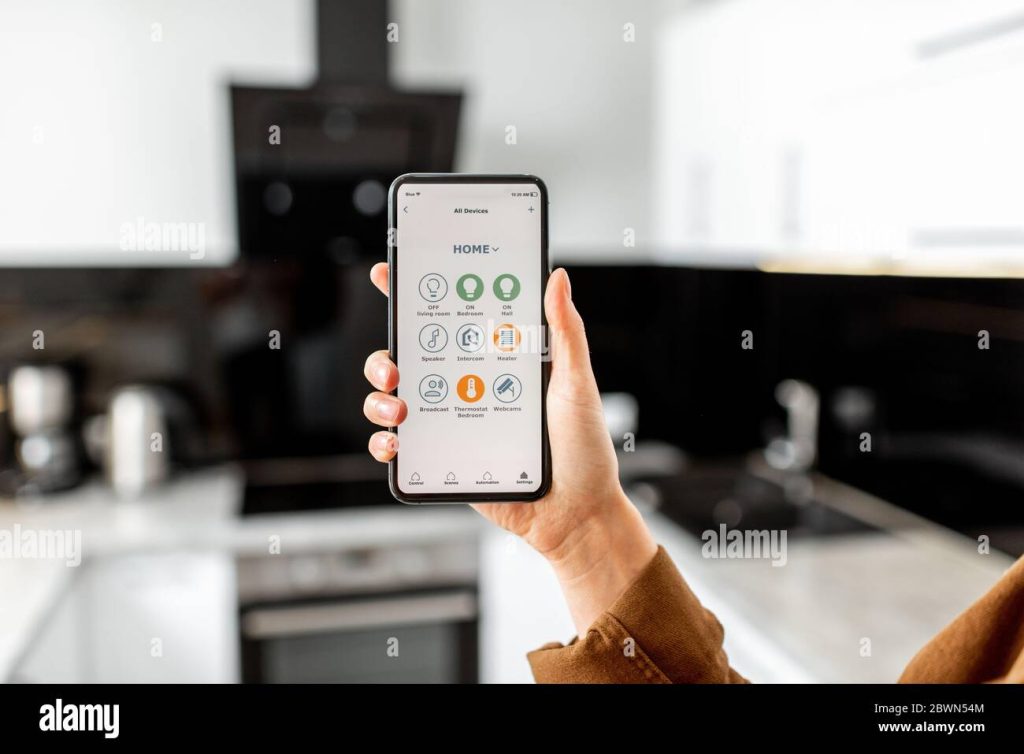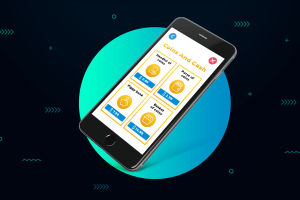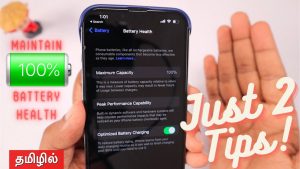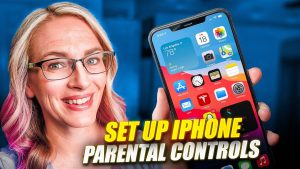Think about your car keys. You don’t have a separate key for the ignition, another for the doors, and a third for the trunk. It’s one key fob that controls the entire vehicle. Well, that’s the dream for your smart home, isn’t it? And honestly, for millions of us, that universal key fob is already in our pocket: the iPhone.
Integrating your iPhone with your smart home ecosystem isn’t just a neat party trick. It’s about creating a home that anticipates your needs, responds to your presence, and simplifies the chaotic dance of daily life. Let’s dive into how you can make it happen.
The Command Center: Apple’s Home App
If your iPhone is the remote, the Home app is the big, friendly button in the middle. This is Apple’s native hub for everything smart home. It’s designed to bring all your compatible gadgets—from different brands—under one roof. The setup is, for the most part, blissfully simple.
You just open the Home app, tap the “+” sign, and either “Add Accessory” or “Create Home.” Scanning the accessory’s QR code or NFC tag with your iPhone’s camera typically does the trick. The phone and accessory handle the secure, encrypted handshake in the background. No need to remember complicated passwords.
Why the Home App is Your Best Bet
Sure, you could have a dozen different apps for a dozen different devices. But that’s… well, a nightmare. The Home app consolidates control. Here’s the deal with its core features:
- Favorites: Pin your most-used devices—living room lights, the thermostat, the garage door—right to the top of the app for instant access.
- Rooms & Zones: Organize your devices by room (e.g., “Kitchen,” “Bedroom”) or even group rooms into zones (“Upstairs,” “Downstairs”). This makes controlling entire sections of your home a breeze.
- Scenes: The Magic Wand: This is where the real automation begins. Scenes allow you to control multiple devices with a single command. A “Good Morning” scene could turn on the lights, raise the thermostat, and start your coffee maker. A “Movie Night” scene could dim the lights, close the smart blinds, and turn on the TV.
The Voice of Authority: Siri and Home Control
Sometimes, your hands are full of groceries. Or you’re cozy under a blanket. This is where Siri shines. With your iPhone (or better yet, a HomePod), you can control your entire home with just your voice.
The commands are beautifully intuitive. You don’t need to sound like a robot. Just say things like:
- “Hey Siri, turn off the bedroom lights.”
- “Hey Siri, set the living room thermostat to 72 degrees.”
- “Hey Siri, run the ‘I’m Leaving’ scene.”
It feels like magic. And it’s this seamless, voice-activated control that truly makes a home feel “smart.”
Going Deeper: Automations and Shortcuts
This is where you move from basic remote control to a home that thinks for itself. The Home app’s Automations tab lets you create “if this, then that” rules.
For example, you can set an automation to turn on the porch light when you arrive home (using your iPhone’s location). Or, have your living room lamps turn on at sunset. It’s all about removing the need to manually control things.
But for true power users, the Shortcuts app is the secret weapon. It unlocks a level of customization the Home app alone can’t touch. You can create complex, multi-step routines that integrate your smart home with other apps on your iPhone.
Imagine a shortcut called “Good Night” that, when triggered, does all this: locks your front door, turns off all lights, sets the thermostat for sleep, checks the next day’s calendar, and sets a morning alarm accordingly. One tap, and your entire house is prepped for bed.
The Matter Protocol: The Great Unifier
For years, the biggest headache in the smart home world has been compatibility. Would this smart bulb work with my Google Home? That plug with my Alexa? It was a mess of logos and confusion.
Enter Matter. Matter is a new, open-source, royalty-free connectivity standard. In plain English? It’s a universal language for smart home devices. A Matter-certified device is designed to work seamlessly with Apple Home, Google Home, Amazon Alexa, and others right out of the box.
For iPhone users, this is a game-changer. When you’re shopping for new gadgets, looking for the Matter logo is your new golden rule. It future-proofs your purchases and guarantees a smooth integration with your Apple ecosystem.
Choosing the Right Gear for Your iPhone Smart Home
Not all smart home devices are created equal, especially when it comes to Apple compatibility. Here’s a quick breakdown of what to look for.
| Type of Device | What to Look For | Top-Tier Picks |
| Smart Lights | “Works with Apple Home” or “Matter” logo; Thread support for faster response. | Philips Hue, Nanoleaf, Eve |
| Smart Plugs & Switches | Same as above; energy monitoring is a nice bonus. | Eve Energy, Wemo Smart Plug |
| Security & Cameras | HomeKit Secure Video support for iCloud recording & analysis. | Logitech Circle View, Eve Cam, Aqara |
| Thermostats | Native HomeKit support for reliable Siri control. | Ecobee, Honeywell Home T9 |
Beyond the Basics: Pro Tips and Quirks
Okay, so you’ve got the gear and the app. Here are a few things you’ll learn along the way—the little human quirks of living with a smart home.
First, naming matters. Be specific. If you have two lamps in the living room, name them “Living Room Lamp Left” and “Living Room Lamp Right.” This avoids Siri confusion and makes creating automations much clearer.
Second, invest in a HomeHub—like a HomePod or Apple TV. This is non-negotiable for true remote access and automation. Your iPhone is a fantastic remote, but a HomeHub is the always-on brain of the operation, allowing you to control your home when you’re not in it and run automations even when your phone is offline.
And finally, start small. You don’t need to automate your entire house in a weekend. Begin with a smart plug for a lamp. Create one simple “Good Morning” scene. Get a feel for it. The goal isn’t complexity; it’s simplicity.
A More Intuitive Way of Living
In the end, integrating your iPhone with your smart home isn’t about showing off. It’s about crafting an environment that works for you, not the other way around. It’s the small victories—the lights turning on as you pull into the driveway, the house warming up before you even get out of bed, the peace of mind from checking a camera feed while on vacation.
Your phone is already the center of your digital life. It only makes sense that it becomes the heart of your physical one, too—transforming your house from a static structure into a dynamic space that breathes right along with you.






More Stories
iPhone Battery Health: The Real Guide to Keeping Your Power Going Strong
Your iPhone’s Secret Superpower: A Parent’s Guide to Controls and Safety
iPhone Accessibility Features: Unlocking a World of Possibility for Users with Disabilities